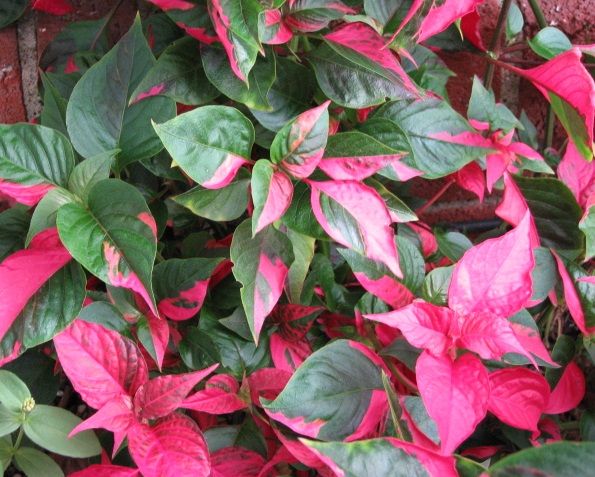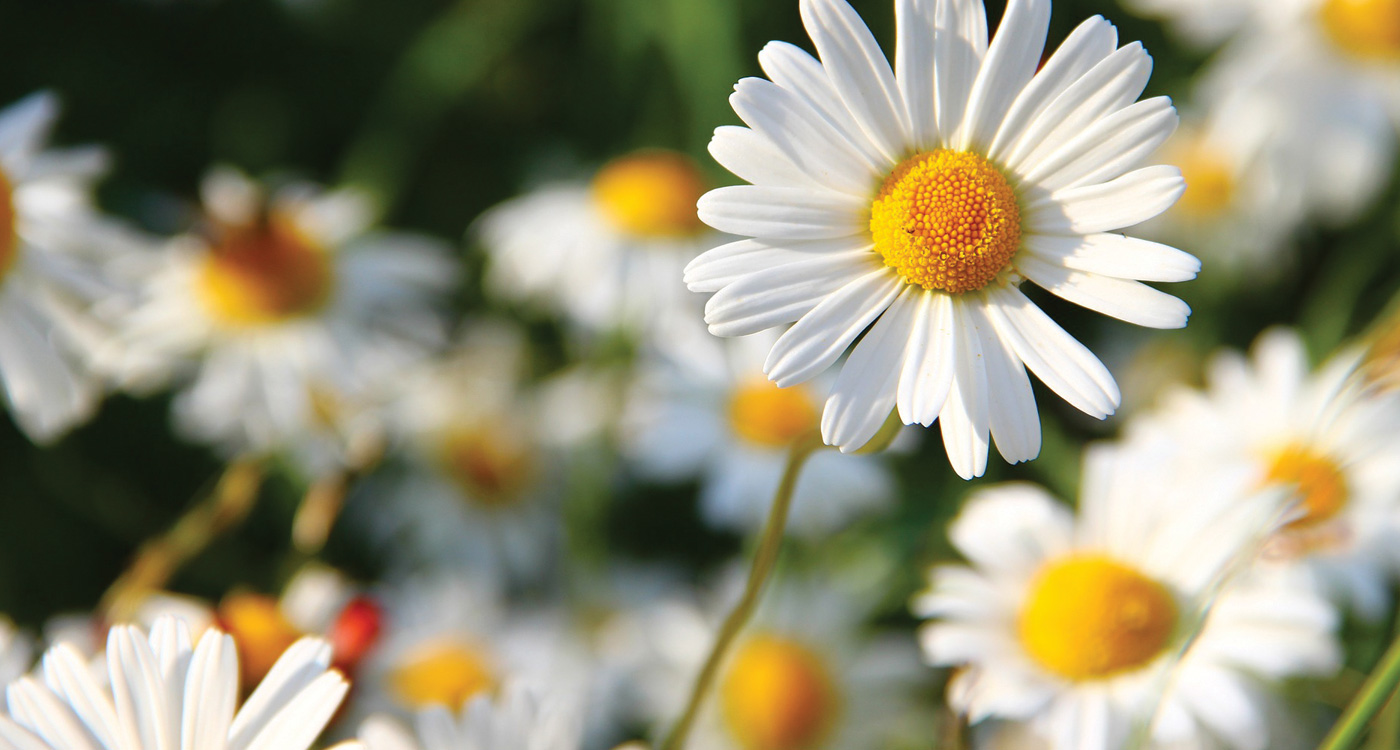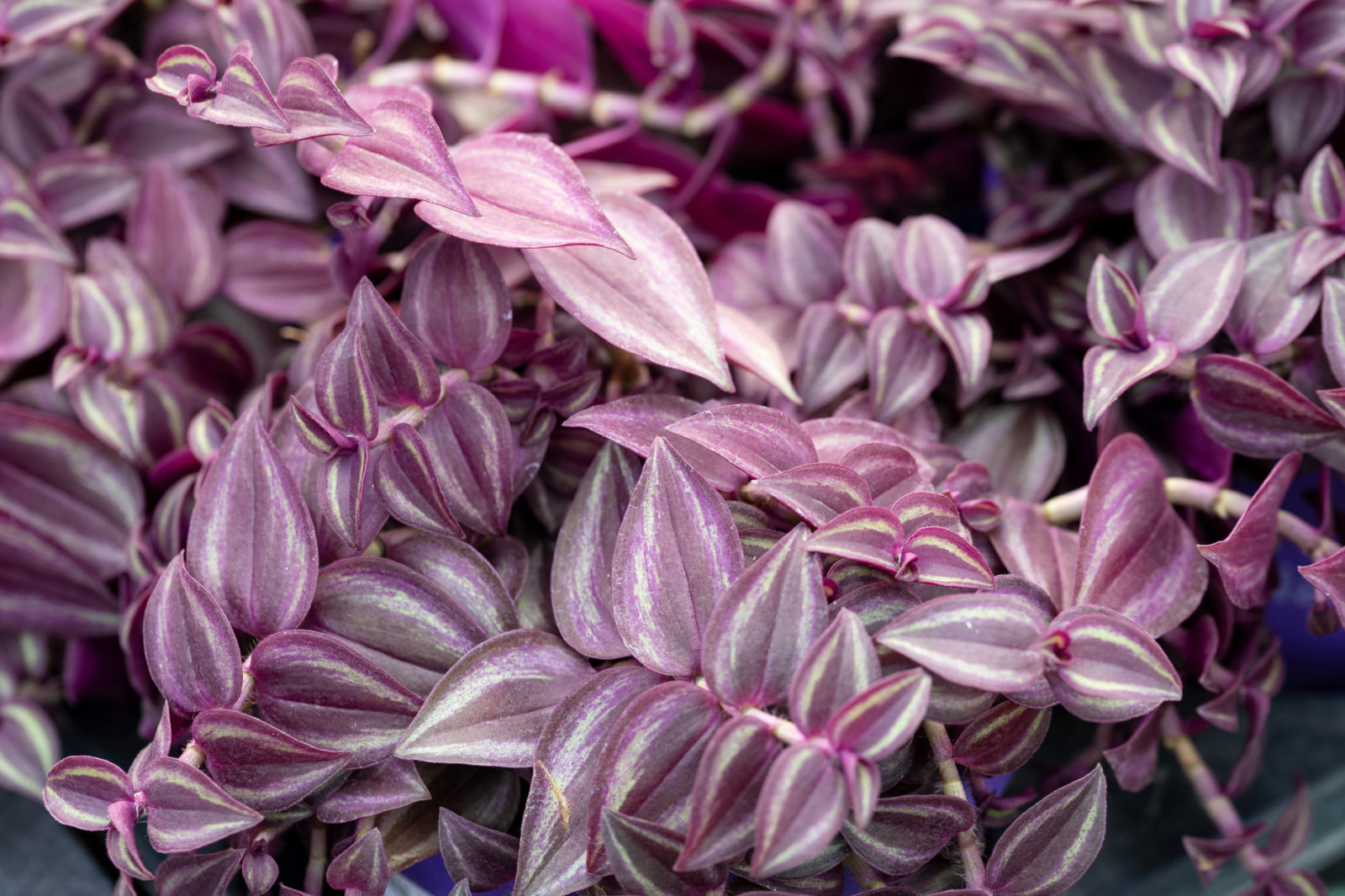The botanical world unfolds like a living tapestry, and plants with red and green leaves are a testament to nature’s vibrant palette. This bicolor splendor graces both indoor and outdoor spaces, offering a captivating display that transcends the ordinary. But what secrets lie behind these striking hues? By delving into the fascinating world of plant families, leaf variations, and sun requirements, we can unveil the identities of these captivating flora.
Houseplant Delights: Vibrant Companions for Indoor Spaces
2.1. A Tapestry of Color: The Croton (Codiaeum variegatum)
One of the most captivating houseplants with red and green leaves is the Croton (Codiaeum variegatum). This showstopper thrives on admiration, boasting a stunning array of foliage colors. Imagine a canvas splashed with vibrant reds, fiery oranges, sunny yellows, and deep greens, all adorning the elongated, lobed leaves of the Croton. The sheer variety of cultivars ensures there’s a perfect Croton for every taste. Some varieties showcase broad swathes of red amidst a backdrop of emerald green, while others present a more subtle interplay of color with delicate red veins dancing across green leaves. These remarkable plants thrive in bright, indirect sunlight and prefer consistently moist soil, making them ideal for adding a touch of dramatic flair to living rooms or offices.
2.2. A Cascade of Elegance: The Ctenanthe oppenheimiana (Prayer Plant) – Beyond the Movement
For those seeking a touch of the extraordinary, the Ctenanthe oppenheimiana (Prayer Plant) offers a captivating display. This unique houseplant boasts mesmerizing green leaves adorned with prominent red veins that seem to pulsate with life. But the Ctenanthe oppenheimiana’s magic extends beyond its bicolor foliage. Nicknamed the Prayer Plant for its fascinating characteristic of folding its leaves upwards at night, it adds a touch of whimsy to any indoor space. Thriving in moderate, indirect sunlight and consistently moist soil, the Prayer Plant prefers a slightly humid environment. Imagine placing it on a pebble tray filled with water or grouping it with other humidity-loving plants to create a mini indoor oasis.
2.3. A Touch of the Tropics: The Alocasia cuprea (Red Secret) – A Velvet Vision
For plant enthusiasts seeking a touch of the exotic, the Alocasia cuprea (Red Secret) offers a truly captivating display. This unique houseplant boasts velvety, dark green leaves that feel luxurious to the touch. The true magic unfolds when you turn the leaves over, revealing a captivating network of prominent red veins that resemble a hidden circulatory system. Imagine the Red Secret gracing a well-lit corner of your living room, its velvety green leaves catching the light and revealing the secret world of red veins beneath. This tropical beauty thrives in warm, humid environments and prefers well-draining soil to prevent root rot. Regular misting or placement in a bathroom with good ventilation can help mimic its natural habitat.
Enhancing Outdoor Spaces: A Symphony of Red and Green Foliage
The captivating interplay of red and green foliage extends beyond the confines of our homes. Let’s explore some dazzling plants that bring a touch of vibrancy to outdoor spaces:
3.1. A Fiery Beacon: The Nandina domestica (Heavenly Bamboo) – Beyond the Winter Wonder
The Nandina domestica (Heavenly Bamboo) offers a captivating display of seasonal transformation. This versatile shrub boasts graceful green foliage throughout the spring and summer months, adding a touch of elegance to borders or serving as a low-maintenance hedge. However, the true magic unfolds with the arrival of cooler temperatures. As days shorten and nights become crisp, the Heavenly Bamboo undergoes a spectacular metamorphosis. Its green foliage transforms into a fiery cascade of vibrant red, creating a breathtaking focal point in your autumn garden. This adaptable shrub thrives in full sun to partial shade and tolerates a variety of soil types, making it a welcome addition to various outdoor spaces.
3.2. A Majestic Presence: The Photinia fraseri (Red Tip Photinia) – A Burst of Color
For those seeking a touch of year-round visual intrigue, the Photinia fraseri (Red Tip Photinia) offers a captivating display. This evergreen shrub boasts glossy green leaves that provide a sense of structure and stability throughout the year. But the Red Tip Photinia’s true charm lies in its new growth.
creating a stunning contrast against the established green foliage. This captivating interplay of color continues throughout the growing season, with new red growth emerging intermittently. The Red Tip Photinia thrives in various soil types with full sun to partial shade, making it a versatile choice for privacy hedges or borders. Its moderate growth rate allows for easy maintenance, ensuring you can enjoy its bicolor beauty for years to come.
3.3. A Touch of the Unexpected: The Coleus (Solenostemon scutellarioides) – A Kaleidoscope of Color
The Coleus (Solenostemon scutellarioides) injects a burst of playful vibrancy into outdoor spaces. This versatile plant is renowned for its dazzling array of foliage colors, often featuring a captivating interplay of red and green alongside shades of yellow, orange, and purple. Imagine a kaleidoscope of color bursting forth from your flower beds or containers, adding a touch of whimsy and cheer to your garden. The Coleus thrives in full sun to partial shade and prefers consistently moist soil. Its vibrant colors are most pronounced with ample sunlight, making it a perfect choice for sunny borders, edging walkways, or adding a touch of life to container gardens on patios and balconies. Due to its susceptibility to frost, the Coleus is typically treated as an annual in colder climates, but its ease of propagation allows you to bring a touch of its vibrancy indoors over winter by taking cuttings.
Unveiling the Secrets: Identifying Plants with Bicolor Foliage
While the captivating allure of red and green leaves is undeniable, it’s just one piece of the puzzle when it comes to identifying these plants. To accurately identify a bicolor beauty, we must delve deeper into the fascinating world of botanical characteristics.
4.1. Beyond Color: The Importance of Leaf Shape and Vein Structure
Leaf shape, size, and vein structure play a crucial role in plant identification. For example, the Croton’s charm lies in its elongated, lobed leaves adorned with a vibrant tapestry of colors, while the Prayer Plant’s elegance stems from its oval leaves with prominent red veins. Similarly, the Nandina domestica’s fiery red display unfolds on its fern-like foliage, while the Red Tip Photinia’s new growth emerges in bright red shoots against its established green leaves. By carefully observing these details alongside the bicolor foliage, we can narrow down the possibilities and consult reliable resources for confirmation.
4.2. Consulting Reliable Resources: Online Tools and Botanical Websites
The digital age offers a wealth of information at our fingertips. Several user-friendly mobile apps allow you to upload photos of plants with red and green leaves and receive potential matches based on visual characteristics. These apps can be a great starting point, but it’s crucial to utilize them alongside reputable botanical websites and online databases. Many gardening websites offer comprehensive databases with detailed descriptions, high-quality pictures, and specific care instructions for a vast array of plants, including those with bicolor foliage.
4.3. Seeking Expert Guidance: The Value of Nurseries and Botanical Gardens
Don’t hesitate to seek help from experienced plant enthusiasts! Local nurseries and botanical gardens often employ knowledgeable staff who can assist with plant identification and provide valuable advice on care requirements. These experts can analyze the specific characteristics of your bicolor plant, including leaf shape, size, color variations, and sun exposure preferences, to help you pinpoint the exact species. Additionally, many gardening clubs and online forums offer vibrant communities where you can connect with fellow plant lovers, share your botanical discoveries, and gain valuable insights from experienced gardeners.
Conclusion: A Celebration of Bicolor Brilliance
The captivating world of plants with red and green leaves is a testament to the boundless creativity of nature’s design palette. From the classic elegance of the Croton to the fiery transformation of the Heavenly Bamboo, these bicolor beauties add a touch of vibrancy and intrigue to any space. By delving beyond color and exploring botanical characteristics, growing conditions, and reliable resources, we can unlock the secrets behind these captivating plants. So, the next time you encounter a plant adorned with red and green foliage, take a moment to appreciate its unique charm and embark on a journey to unveil its botanical identity. The world of flora awaits, brimming with captivating bicolor wonders to discover and incorporate into your indoor and outdoor havens.




